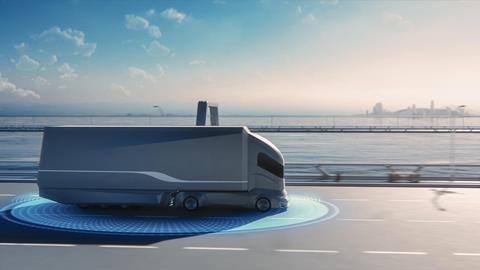In March 2022, the British Business Bank conducted research amongst 1,000 smaller businesses to assess their understanding of the terms ‘net zero’, ‘carbon neutral’ and ‘carbon footprint’. The results showed that 74% do not understand how the terms apply to their businesses and more than half, 54%, stated that the language, terminology and information around carbon emissions reduction are ‘overcomplex’. Does this sound familiar to you?
These are just three terms that were predominantly used by sustainability professionals but are now used more widely within organisations. If we add a few more terms, along with their definitions, we can better understand how this jargon applies.
‘Carbon emissions reporting’ is a term often used in place of greenhouse gas emissions (GHG) and the calculations form the basis of a company’s Net-Zero Strategy.
- · Scope 1: Direct emissions from owned or controlled sources (fuel combustion, company vehicles). Action example: – diesel consumption reduction in vehicle fleets.
- · Scope 2: Indirect emissions from the generation of purchased energy (purchased electricity and heat). Action example: - renewable electricity consumption.
- · Scope 3: All other indirect emissions that occur in the value chain (purchased goods, transportation and distribution, waste disposal, business travel / employee commuting, processing and use of sold products etc). Action example: - reduction in business travel due to remote meetings.
‘Carbon footprint’ is a measure of a group, individual or a company’s total GHG emissions. In other words, it is the total emissions of greenhouse gases (in carbon equivalent - CO2e) for an activity or organisation over a given period. For example, the average annual carbon footprint for a person in the UK is 12.7 tonnes (CO2e), which is the equivalent of driving 23,000 miles in an average car, or the weight of 18 dairy cows or 10,500 bottles of wine[2].
‘Carbon negative’ means a company producing less than zero carbon dioxide (CO2) emissions. It is achieved by offsetting carbon emissions through carbon capture, carbon sequestration or emission avoidance.
‘Carbon neutral’ refers to achieving net zero carbon emissions by balancing CO2 emissions with removal, often through independently verified carbon offsets, or eliminating CO2 emissions. This is also referred to as ‘Net Zero GHG emissions.’
‘Carbon offset’ is a reduction or removal of carbon in the atmosphere in order to compensate for emissions produced somewhere else. Examples include energy companies selling carbon offset energy, or airlines enabling companies to offset their business travel.
‘Carbon pricing’ refers to capturing the external costs of GHG emissions – the costs of emissions that the public pays for, such as damage to property from flooding, extra healthcare costs from heat waves and extreme cold, failed crops due to droughts – and ties them to their sources through a price, such as a price on the CO2 emitted.
‘Carbon positive’ is any activity deemed to reduce and/or offset more emissions than it produces.
‘Carbon sequestration’ refers to the capture and storage of carbon dioxide from the atmosphere, for example by planting trees, rewilding open spaces and repairing coral reefs.
‘Decarbonisation’ is the removal or reduction of carbon emissions output into the atmosphere to reduce an organisation’s carbon footprint and its climate impact. This is the process by which businesses can reach net zero through reducing, eliminating and, as a last resort, offsetting carbon emissions.
‘Net Zero’ refers to a state where a balance has been achieved between the amount of GHG emitted into the atmosphere and the amount removed. Achieving net zero requires reduction of carbon emissions as far as possible, combined with carbon offsetting to balance out unavoidable carbon emissions.
‘Zero carbon’ is a term used to describe a product or service that creates no CO2 or GHG emissions during production and/or operations.
Understanding the carbon jargon is another step on the freight decarbonisation journey.
















